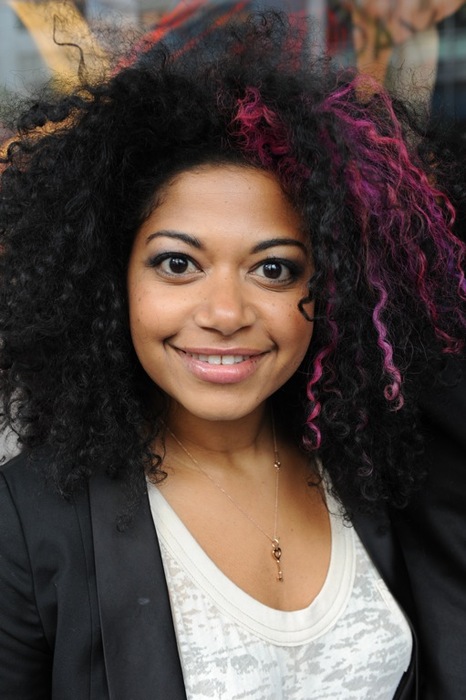Avicenna Faraby
At the same time, around the second half of the fourth century, Aly Hojviry Ghaznavy wrote the first document about the Sama and their rituals. In the book titled Kashfol Mahjoub’ (the discovery of secrets) he explains in detail everything you need to know about the tradition, the ritual and the culture of the Sama in the monasteries of the Sufis. Also at the same time, another revolutionary development took place in the field of mysticism. A contemporary of Hojviry, who was called Abu Said Abul Khyr, turned the inner structure of the Persian poetry as musical support for the first time, to make the hidden vibrations of the rhythms come to the fore. After this change, the Sufis began to recite the mystical seals in their Khan gas ‘ (monasteries). Abu Said was a contemporary of Avicenna, the father of rationalism in the East. Avicenna Faraby developed the mystical, philosophical and rational theories of his teacher and master to the intellectual development of the people on the path of substantial development. In his most important and best known book of Shafa ‘ (recovery) Avicenna divided his philosophy in four areas: being the non-being (voujoud va adam), the science and the Way of God (elm-ol adyan), self-cognition (ma’ JAG on nafs) and mysticism (ANA).
In the same book findetsich a detailed elaborate chapter about mathematics, it is divided in four parts: geometry, algebra, astronomy and music. He wrote also two related books on music: Al lavaheg ‘ (supplements) and Almadkhal fy sana atel mossighy’ (introduction to music theory). He also wrote on the same topic books like Daneshnameh Aly y’ (encyclopedia for Aly) and Annejat ‘ (detachment). In his book Al-esharat vat tanbyhat’ (Guide to mindfulness) Avicenna concludes that they can only be the Sufi path when performing retreat and Sama. Search by reading and explanation that is not possible. “He explained that: stamina, retreat, meditation and Sama in General to the revelation of the divine spheres cause, which cannot be identified with the earthly senses.” Qawwali and the Recitation art if we take the essence of all theories and discoveries of the third and fourth century together, we learn that a musical ceremony of the Sufis is divided into two parts: Qawwali and instrumental music.
Qawwali is a specific type of seals by stressing of syllables or the igha ‘ to recite. The word Qawwali’ recitation is called ‘ and Qowl’ through rhythmic verses. The entire Koran can be considered by its inner rhythm a Qowl. At the beginning of many verses, it says: Qoll’, recite! From this point of view, one can say that some prophets, David, Qawwal, for example were. It is known that during the first years of the Islamic period many people through the inner resonance of the verses recited by Mohammad felt very attracted to. Qawwali is the art of the mystical recitation. The second part of the Sama is the instrumental music, which complemented the recitation. This part is played mainly on percussion instruments such as the DAF, the Tombak, the Tabla and the Dohol, during which the game Ney, the zither, a harp and other string instruments, the tan-tan’ the Zarb’ (Tombak) completes. …(Excerpt from the last chapter in the book “The Pearl of the Sufis” by Dr. Mostafa Azmayesh Dr. Mostafa Azmayesh (translation from the English Helmut fork),)


Comments are closed.